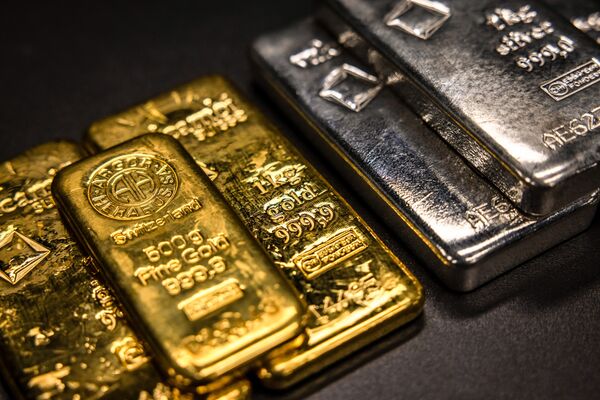
Executive Summary:
Main Blog Article:
The world of precious metals has been thrown into a frenzy. Silver has soared to its highest price in decades, fueled by a historic short squeeze in the London market. Meanwhile, gold has also surged to a record high, driven by broad investor enthusiasm. Both these events have profound implications for investors, policy-makers, and the broader economic landscape.
Let's delve into the mechanics behind these trends, starting with silver. A short squeeze occurs when short sellers (investors who bet that a stock's price will fall) are forced to buy the stock to cover their positions due to a rapid price increase. In the case of silver, a dramatic surge in demand led to a short squeeze, causing the price to skyrocket.
This short squeeze is not an isolated event. It plays into a broader narrative surrounding silver this year. The precious metal has been on a tear, with its price increasing significantly. The short squeeze simply amplified this existing upward trend.
The impact of this short squeeze is far-reaching. Small investors who had bet on silver's price increasing stand to make significant gains. On the flip side, those who had shorted silver will face losses. Salaried employees and small businesses that depend on silver – for example, those in the jewelry or industrial sectors – may also be affected. Higher silver prices mean higher costs, which could squeeze profit margins.
Meanwhile, gold, often seen as a safe-haven asset, has also been rallying. The surge in gold prices can be attributed to a variety of factors, including low interest rates, economic uncertainty, and inflation fears. Investors, particularly those seeking safety in a volatile market, have been piling into gold, driving its price to record highs.
This gold rally has implications for investors and the broader economy. For investors, the rising price of gold provides an opportunity for substantial gains. However, it also presents risks. If the price of gold falls, those who have heavily invested in the metal could face losses. Policy-makers also need to keep an eye on gold prices. A surge in the price of gold can be a sign of inflation, which could influence monetary policy.
In conclusion, the recent trends in silver and gold prices have significant implications for various stakeholders. While these events present opportunities, they also come with risks. As always, a careful analysis of the market and a well-diversified portfolio are key to navigating these turbulent times.

 Next
Next
Comments (0)
Leave a comment